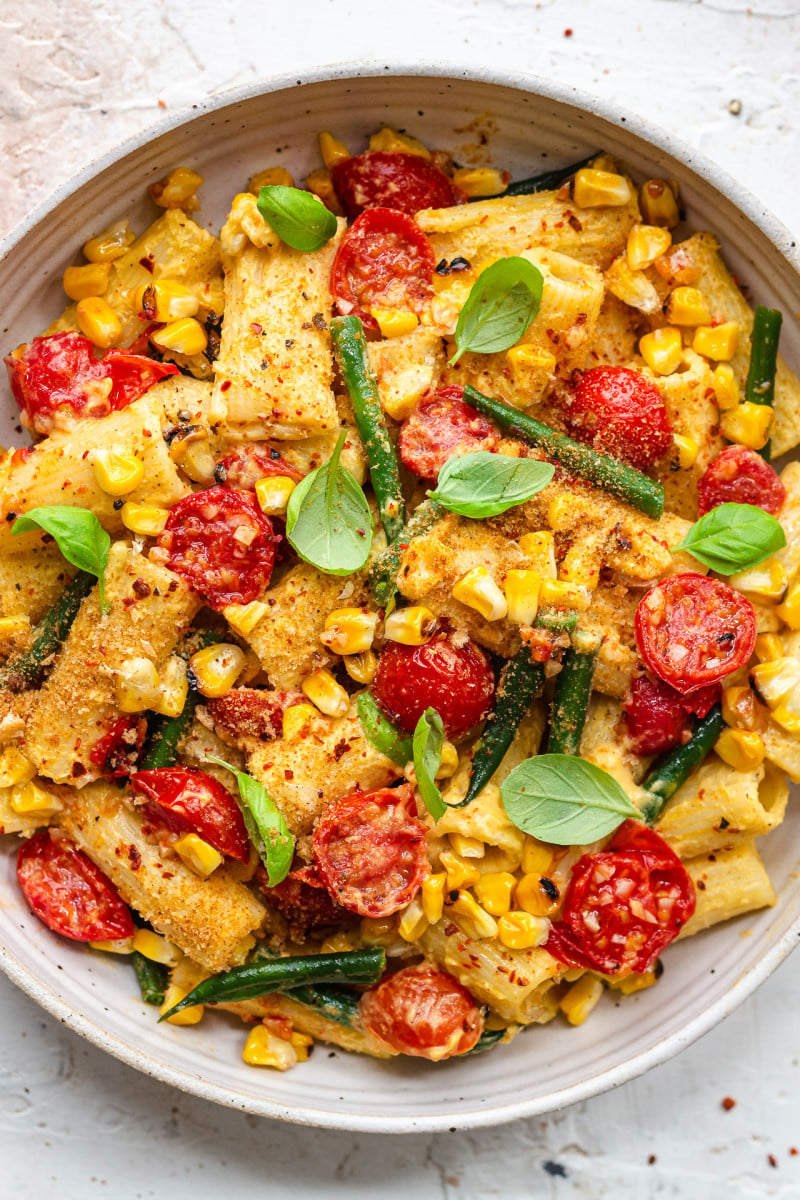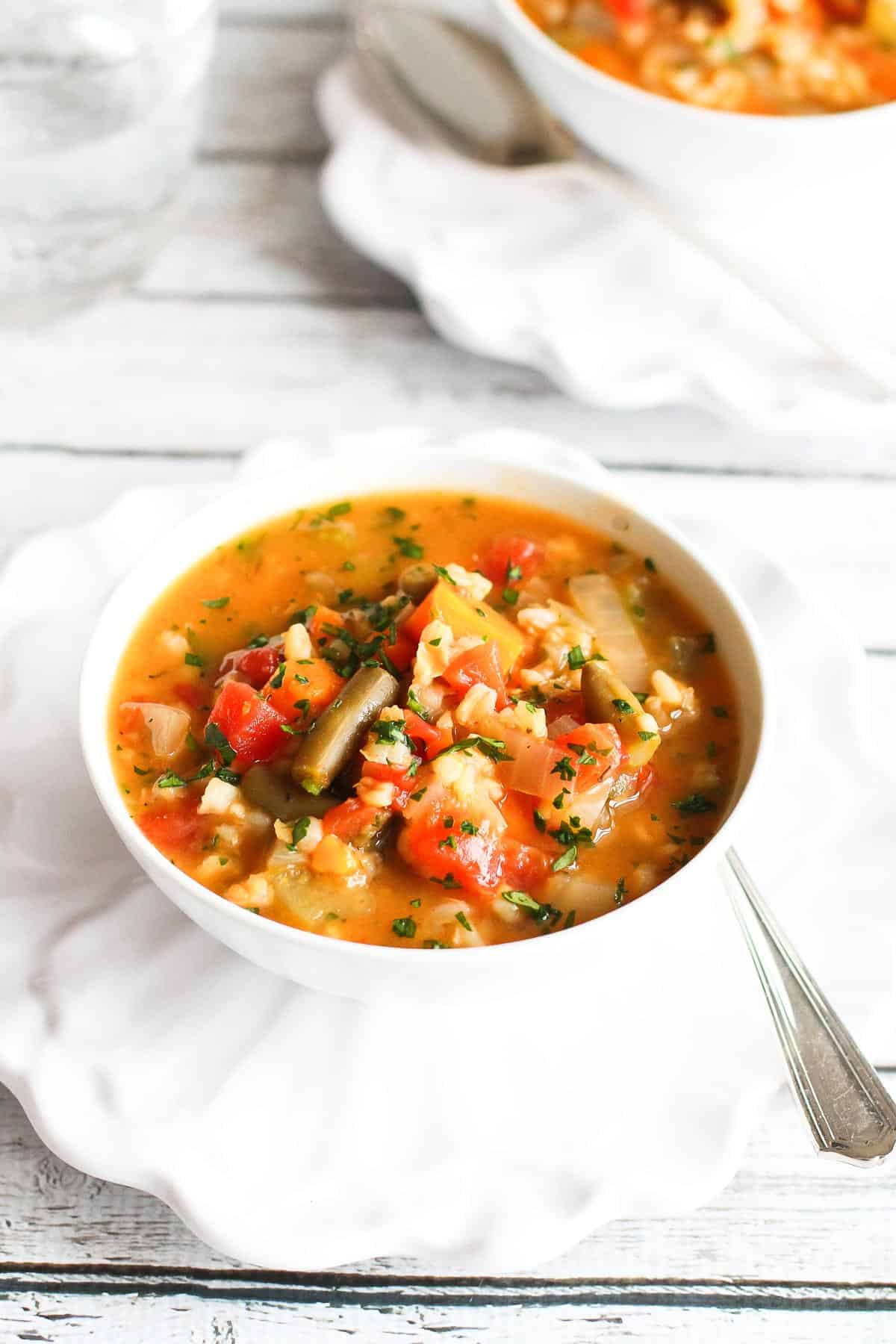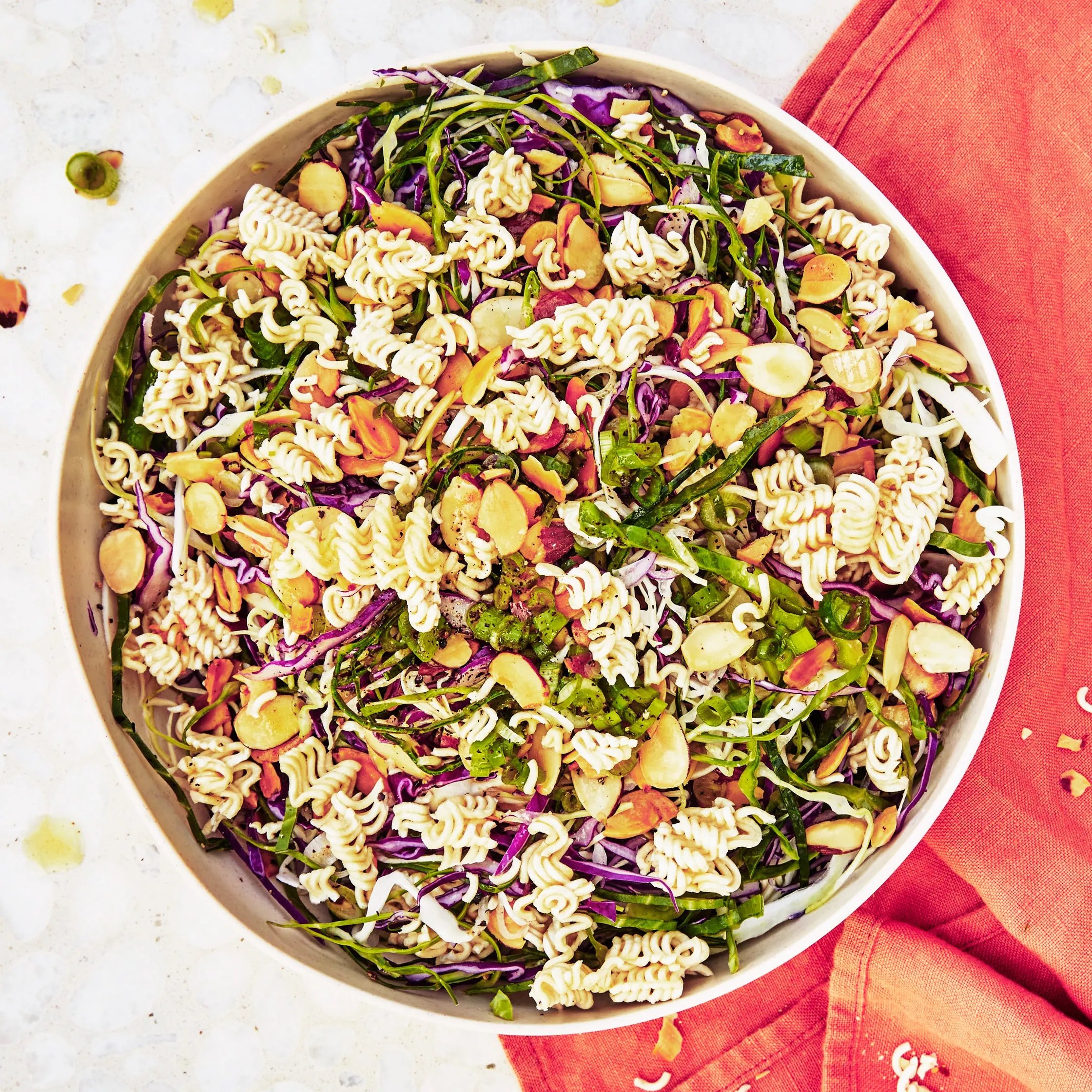One of the things I’m enjoying most about my new neighborhood is its rich history. In spite of real estate development, a lot of historic buildings and architecture are still present, still part of the look and feel of nearby streets.
In trying to take more advantage of the city in which I live, I’ve been looking up local history tours and opportunities to play tourist in my own environs.
Yesterday afternoon, I took a walking tour of the crypt beneath the Basilica of St. Patrick’s Old Cathedral on Mulberry Street.
It was a combination of city history, history of the Catholic church, and a glimpse into the lives of some notable figures in 18th and early 19th Century New York. This article gives a pretty comprehensive overview of it.
The history lover in me was totally captivated by the personal stories and tie-ins to historic events. And it was really fascinating to be given a detailed narrative of how immigration shaped the micro-neighborhoods that now surround me in the late 19th century.
But this was a walking tour of burial ground, and it’s worth saying that St. Patrick’s is the only active Roman Catholic cemetery in Manhattan. Some folks were visiting the graves of loved ones as we, the tourists, passed quietly by.
It gave what would otherwise be a colorful history tour a somber and respectful feeling, as it should have.
And it got me thinking about the fact that most large cities are built on countless cemeteries and burial grounds, both marked and unmarked.
We walk, talk, run errands, and dash from one place to another on pavement and soil that’s very often hallowed ground.
My own city is full of historic cemeteries. This map shows just how many there are, many of them beneath trendy neighborhoods that are now bustling with foot traffic.
At the peak of the pandemic in 2020, disaster morgues were built in this city to shelter the bodies of some of the roughly 20,000 New Yorkers who died in 2 months.
The existence of these morgues was terrible to think about, let alone see with one’s eyes.
Day to day, I and most of the people I know sheltered safely at home, making the best of things with baking projects, FaceTimes with old friends, and neighborhood walks.
But as we all did what we had to do to survive, others didn’t survive, and they left behind families and loved ones. The disaster morgues were an undeniable reminder that the pandemic was real and taking a tragic, human toll.
For me, the most life-affirming thing about life in lockdown was that it stirred up some of the amity and goodwill that gets lost in the hustle of everyday life. The nightly claps, the respectful, patient lines in grocery stores, the way neighbors looked after each other—it was all so affirming of our basic desire to care and be cared for.
Now, as life settles into a new normal, it’s easy to forget the sense of interconnectedness that the pandemic awakened. We’re all back in the swing of things, out of our homes again, running from one thing to the next.
It’s wonderful and exhilarating. I’ve reentered restaurants, bars, coffee shops, and yoga classes with glee. But it’s possible to become wrapped up in oneself, too.
Recently, I was running late for yoga. My spirits had been low that week, and I needed to practice, so I hopped in a cab.
It was cold and pouring rain, and I was irritable to begin with. The ride to the studio would be quick, but I was angry at myself for running late and spending the money.
On the way there, we passed by an unsheltered person who was using a cardboard box to protect his head from the rain. I don’t know anything about his story, but I do know that crossing paths with him put my irritation and preoccupations that morning into a different perspective.
We’re all doing our best with the troubles that we have. If we were to be in constant apprehension of all of the suffering and hardship in the world, it would probably be paralyzing.
But part of why I moved this summer was to be in a more populous and busy part of the city. And the reason that I wanted this is because the pandemic experience made me painfully aware of how isolated my life had become.
The isolation wasn’t only about where I lived, which is a wonderful place in its own right. My life there had become isolated because I was in many ways trapped in my own past, refusing almost stubbornly to create more abundance and goodness in the present.
Sometimes we need a change in physical circumstances to serve as a bridge to the psychic changes that we want for ourselves. It might be a new haircut, a new arrangement of furniture at home, a new daily walk, or—in my case—a new neighborhood. The fresh exterior helps to cultivate what we need more of on the inside.
Me, I need to be reminded of everything that holds us human beings together: shared struggles and sorrows, shared challenges, shared fun, shared meals, and shared laughs.
I need to be closer to more people, literally and figuratively, so that I can remember that I’m never as alone as I sometimes think that I am.
With that desire for closeness comes a sense of responsibility, or at least a heightened consciousness. I want to belong and be connected and feel cherished, and I want to be part of the reason that other people feel this way, too.
It’s so easy for me to get wrapped up in my stuff, and that’s never more true than when loneliness and depression are encircling me. Self-pity comes with the territory in my case, and my self-pity is neither considerate nor generous.
But I’m doing my best to stay as aware as I can of everyone who is beside me, around me, and beneath me.
Past, present, and future.
All human, all passing through the same complicated tapestry of life, all in it together, so long as we choose to be.
Happy Sunday, friends. Here are some recipes and reads.
Recipes
Before corn season is officially over, I want to make this pasta.
Pot pie soup! A genius idea.
Another super cozy soup for fall: slow cooker vegetable barley.
Such a cool idea to use instant ramen as a crouton-like crunch component in a salad.
These sweet potato bars look so, so good.
Reads
1. Rebecca May Johnson offers a rich, purposefully meandering meditation on what it means to cook one’s way through a recipe in this essay.
2. Speaking of loneliness, a new study sheds light on how stress responses associated with isolation can increase the risk for Type 2 Diabetes.
3. As a dietitian who primarily works with eating disorders, I’m well accustomed to supporting people as they learn to unpack and challenge body dysmorphia.
I also work with many women and men who live with some sort of invisible illness. And I’ve learned that the fatigue and fear associated with having a chronic illness can create its own challenges to body acceptance and body neutrality.
I try to help my clients reach a place of peace with their bodies and to work through the sense of betrayal that can happen when our bodies don’t match up with optimum health as we’ve come to expect it. Or when our bodies cause us pain.
For this reason, I was really glad to read an article about chronic illness and how it impacts our relationships with our bodies. Cool that the author incorporates trauma-informed yoga principles as a possible healing tool.
4. There is, apparently, a sandwich sleuth! And his name is Barry Enderwick. As a diehard sandwich lover, I thought this profile was fun.
5. I’m grateful for Kate Siber’s New York Times article on atypical anorexia, which is the diagnosis given to patients who have all of the symptoms of anorexia nervosa except for extreme thinness.
I’m no longer even sure how I feel about the designation of “atypical,” honestly. I’ve seen as many clients who have every telltale anorexic behavior and symptom without underweight as I’ve seen anorexic clients who are underweight. And I’ve worked with many who are overweight per BMI, yet meet every other criteria for anorexia.
I’m at a point where I consider being underweight (again, per BMI) to be a common symptom of AN, one with its own risks and nutritional challenges. But as a clinician, I don’t regard it as a defining symptom anymore.
I’d wager we all know somebody, and probably a few people, who suffer quietly with self-starvation in spite of living in larger bodies or bodies that are not extremely thin. I hope that Siber’s article will shine a light of compassion and awareness on this.
On that note, friends, time to make my way through the rest of this Sunday. Wishing you some peace and quiet before a new week begins.
xo
You might also like
Happy Sunday, everyone! As always, I hope that the weekend has brought you rest and restoration. Steven’s birthday was this past week, so we had a small celebration with friends on Friday and some quiet time yesterday. Now I’m catching up on meal plans for clients and diving into these recipes and reads. First, a super simple but delightfully summery lunch idea from Ashley of Cookie Monster Cooking: summer garden veggie flatbreads. Next, I love these crispy avocado tacos with roasted radishes and…
Happy Sunday, everyone. I’ve had a good weekend so far, a combination of rest and work. I purposefully took Friday off from my nutrition clients so that I could spend the weekend catching up on my inbox, decluttering my apartment, downloading syllabi and picking up school books, and doing all of the other things I wanted to do before my new semester began. The decluttering bit ended up being incredibly cathartic–a massive purge of no-longer-useful papers, files, garments, kitchen odds and ends, and even books….
Through my yoga and mindfulness practice, I’ve been introduced to the concept of maitrī. Maitrī is part of the brahmavihārā, a series of virtues and attendant practices that can help us to cultivate joy, well-being, and maybe even enlightenment. Maitrī is similar to metta, which I’ve written about before; in fact, it’s another word for the same concept. Maitrī is a Sanskrit word, while metta is a Pali word. Both can be translated, most simply, as loving-kindness. Loving-kindness, yes. But there are lots…
Ever have one of those moments in which you seem to be pretty solid, and then you come crashing suddenly into all of your old nonsense? That’s exactly what happened to me yesterday. Since I sent out my end-of-November newsletter, I’ve been thinking very intentionally about the time that remains in the rest of 2022 and how I’d like to show up for it. I’ve been working steadily, but not excessively, and staying connected without getting socially exhausted. I’m working on getting my…







Leave a Comment
Your posts always centre me for a new week Gina, thankyou for sharing your thoughts week in and week out. Grateful for all your openess. Have a peaceful, loved filled week xox
Thank you for these posts, Gena. I’m not one who comments often, but I want you to know I look forward to them every week. It definitely helps with my own sense of connectedness. I really appreciate your sharing about your experiences, struggles and triumphs. I’m wishing you peace and connection this week and always!